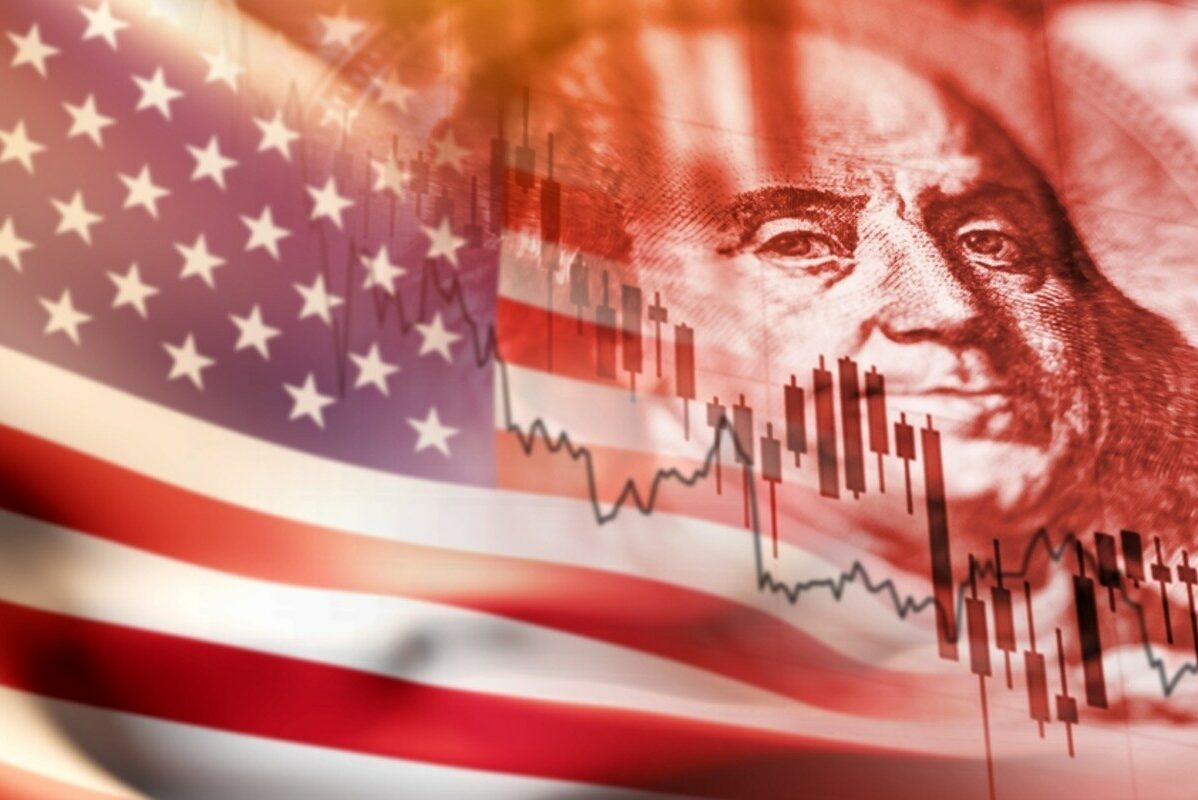Fitch stated that the credit rating of the United States (U.S.) was being downgraded. This was due to several factors that are expected to negatively impact public finances over the next three years. These factors include a high and increasing burden of government public debt, as well as an erosion of governance.
“The government lacks a medium-term fiscal framework, unlike most peers, and has a complex budgeting process,” the statement said. “These factors, along with several economic shocks as well as tax cuts and new spending initiatives, have contributed to successive debt increases over the last decade.”
Read more: What recession? The U.S. economy shows robust GDP growth, employment figures
“Additionally, there has been only limited progress in tackling medium-term challenges related to rising social security and Medicare costs due to an aging population.”
Strong rejection
On Tuesday, the White House announced it “strongly disagree” with Fitch’s decision to downgrade the U.S. credit rating.
“We strongly disagree with this decision,” said White House spokeswoman Karine Jean-Pierre.
She added that it defies reality to downgrade the country’s rating at a time when President Joe Biden has delivered the strongest recovery of any major economy in the world.
According to Jean-Pierre, the standards that Fitch considered in determining ratings deteriorated under the administration of former Republican President Donald Trump.
For her part, U.S. Treasury Secretary Janet Yellen strongly opposed Fitch’s decision and called it “arbitrary and based on outdated data.”
She added that “Fitch’s quantitative ratings model declined markedly between 2018 and 2020 – and yet Fitch is announcing its change now.” This is “despite the progress that we see in many of the indicators.”
In addition, Yellen stressed that Treasury securities remain the world’s preeminent safe and liquid asset. She further noted that the American economy is fundamentally strong.
According to Fitch’s statement, the rating has a stable outlook.
Raising the public debt ceiling, or the government’s borrowing ceiling, is a routine procedure. However, it has been a contentious issue for years.
For more news on the economy, click here.








